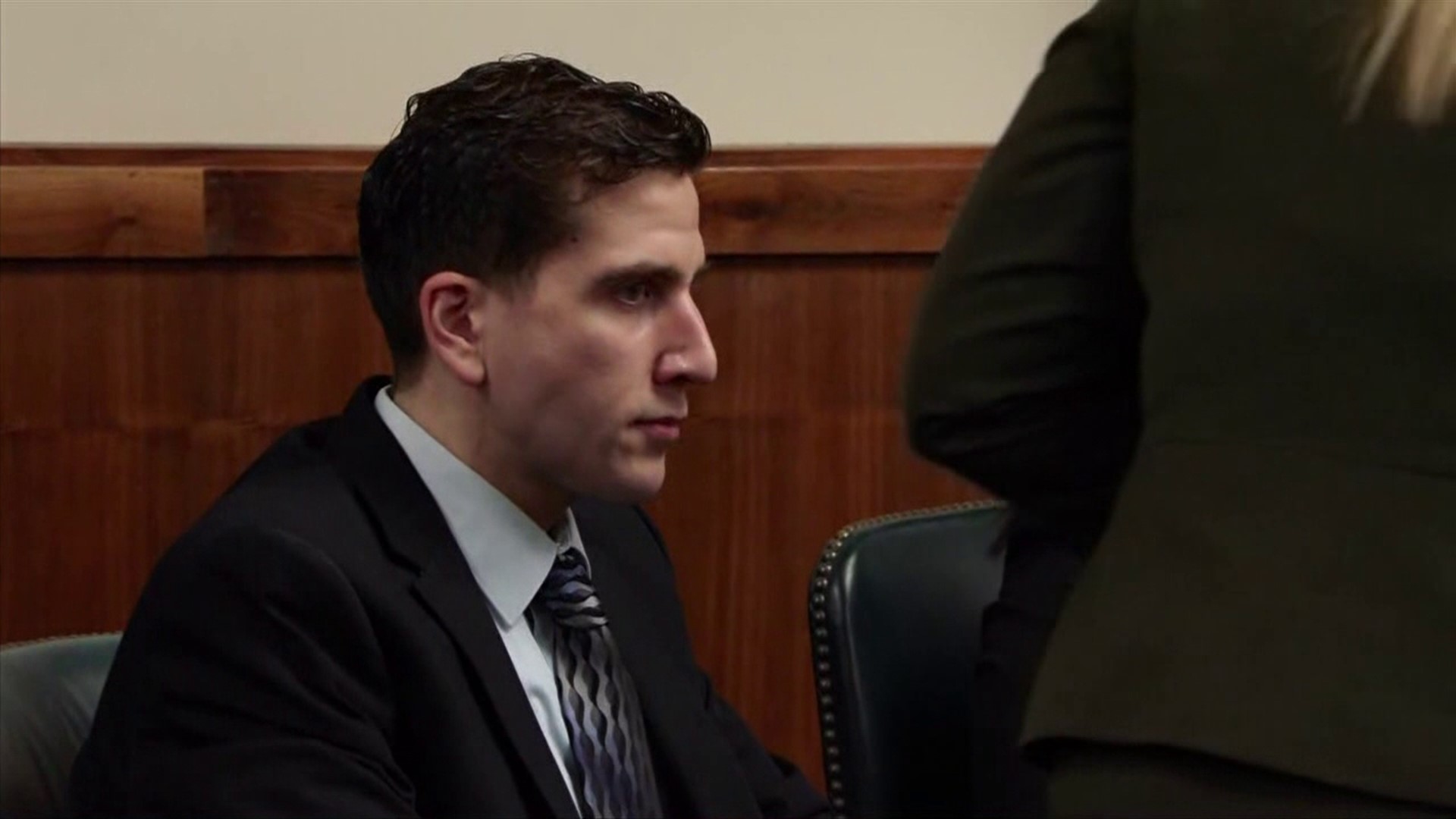MOSCOW, Idaho — Prosecutors in Idaho say DNA found at the scene of the University of Idaho murders belongs to Bryan Kohberger.
They wrote in new court documents that it's a one in 5.37 octillion chance it could be anyone else.
An octillion has 27 zeros after it.
Dr. David Rusak, the head of the forensic chemistry program at the University of Scranton, says that is strong evidence against the native of Monroe County.
"The chances that this DNA came from someone other than the suspect are just astronomically slim."
The new court documents also lay out how the DNA left at the crime scene was used to find Kohberger in the first place.
Back in November, four University of Idaho students were found stabbed to death in their off-campus home in Moscow, Idaho. We now know investigators found a knife sheath under the body of victim Madison Mogen.
DNA on that knife sheath didn't match the national criminal database, so FBI agents compared it with DNA shared publicly on genealogical research websites. Those agents developed a family tree which pointed investigators to Kohberger.
"I certainly don't think that's a typical first step in trying to identify suspects."
Dr. Rusak says he does not see these popular genealogical sites being used by law enforcement very often.
Prosecutors in Idaho say it's not the only way they were able to link Kohberger to the murders.
After identifying him as a potential suspect, officers in Pennsylvania collected DNA from the trash outside the Kohberger family home in Chestnuthill Township.
They determined that the DNA from the trash belonged to Kohberger's father and that father-son relationship was reflected when the DNA from the trash was compared to the DNA found at the crime scene.
Prosecutors made a third match with Bryan Kohberger himself after his arrest in December.
Dr. Rusak says the DNA left behind at the crime scene in Idaho could have been just about any kind of biological matter, from skin cells to hair. And very little is needed to make a match.
"The amplification process is becoming so good that a lot of people think that fingerprints as forensic evidence are going to go away because anytime you have enough substance to get a fingerprint, you probably have enough to get a DNA profile."
Kohberger's trial is expected to begin in October, but a hearing slated for next week in Idaho could put that date on hold.

